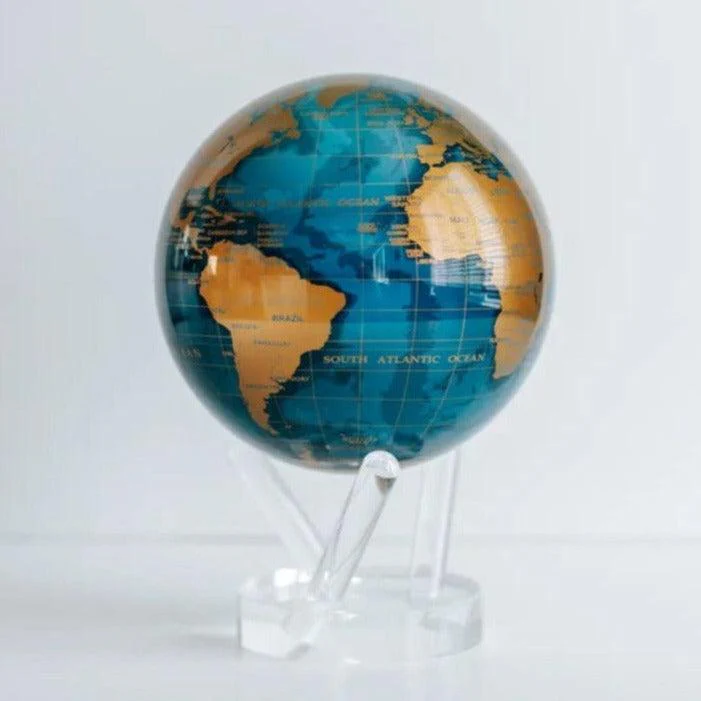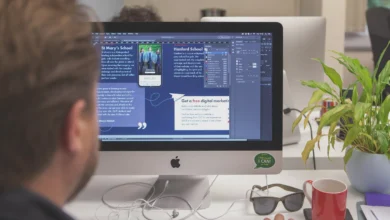In today’s world of advanced technology, digital maps, and GPS systems, it may seem that traditional tools like the globe have become obsolete. However, the rotating globe continues to capture our imaginations, standing as a timeless symbol of discovery, education, and adventure. It’s not just a decorative object, but a functional and interactive tool that brings geography, history, and culture to life in a way that no digital screen can replicate.
The rotating globe is far more than just a physical representation of our planet. With its ability to rotate and display the Earth’s various continents and oceans, it offers a three-dimensional, tangible experience that makes the world feel more accessible and engaging. Whether placed in a classroom, an office, or a home, a rotating globe invites you to touch, explore, and understand the vastness of our world in a way that a flat map or screen cannot.
A Historical Perspective
The concept of the globe dates back to ancient times, with some of the first globes being crafted by the Greeks around 150 BCE. These early globes were crucial for understanding the Earth’s spherical shape and served as an educational tool for philosophers, mathematicians, and explorers. As exploration expanded during the Age of Discovery in the 15th and 16th centuries, the globe became an essential tool for sailors and navigators, helping them chart new trade routes and explore unknown territories.
The rotating globe as we know it today developed alongside advancements in cartography and geographic knowledge. In the 20th century, with the advent of new materials and design techniques, globes became more affordable and accessible to a wider audience. Today, many modern globes feature additional elements such as illuminated continents, political borders, and even augmented reality, but their core function remains the same: to provide a comprehensive and interactive view of our planet.
The Educational Value of Rotating Globes
In educational settings, spinning globes are invaluable. Teachers use them to teach important geographic concepts such as longitude and latitude, the Earth’s rotation, and the relationships between different countries and continents. Unlike a flat map, a spinning globe allows students to see the world as it really is – a three-dimensional sphere that is constantly in motion. This adds depth to geography lessons, helping students better understand the spatial relationships between different places and how the Earth moves.
For students studying history, a spinning globe provides a visual representation of historical events. It can be used to show the locations of ancient civilizations, chart the routes of explorers like Columbus and Magellan, or trace the expansion of empires across continents. By interacting with the globe, students are able to appreciate the vastness of world history in ways that textbooks and digital maps cannot convey.
In addition, a spinning globe makes learning fun and engaging. Children are naturally drawn to it, spinning it to explore new countries, continents, and oceans. It sparks children’s curiosity, encourages independent learning, and allows them to begin to explore the world beyond their immediate surroundings. Whether it’s finding their favorite country or following the footsteps of historical figures, a spinning globe inspires children’s curiosity and sense of adventure.
A Tool for Exploration and Adventure
Beyond its educational value, the rotating globe is a symbol of exploration. It invites us to dream, to imagine far-off lands and unknown territories. The simple act of spinning the globe evokes a sense of adventure—one that encourages us to think about travel, discovery, and the vast possibilities that await. As we spin the globe, we can almost hear the call of distant places, beckoning us to explore their cultures, landscapes, and people.
In our fast-paced digital world, where travel can often feel like a distant dream, the rotating globe serves as a reminder of the world’s wonders and the importance of exploration. It motivates us to step outside our comfort zones, seek new experiences, and embrace the beauty of diverse cultures.
The Rotating Globe in Modern Times
Despite the rise of digital technologies, the rotating globe remains a beloved object in many homes and classrooms. It is often seen as both a functional tool and a decorative piece, adding a sense of sophistication and elegance to any space. Whether placed on a desk, bookshelf, or mantle, the rotating globe serves as a reminder of the vast world beyond our walls.
Many modern globes now come with interactive features, such as illuminated continents, country flags, or even touch-sensitive displays that allow users to learn about different locations through engaging activities. These advancements have made the rotating globe even more dynamic, blending traditional charm with modern technology to enhance the learning experience.
Conclusion
The rotating globe is a timeless tool that continues to captivate and educate, bridging the gap between past and present, and between the physical and digital worlds. Whether used in classrooms, offices, or homes, it serves as a powerful reminder of the vastness and beauty of our planet. More than just an educational tool, the rotating globe inspires curiosity, fosters a sense of adventure, and brings the world closer to home. As we spin it, we are reminded that the Earth is a place of endless exploration, waiting for us to discover its many secrets. If you’re interested in our products, please feel free to contact us.




